How To Store Camera Lens In Bag ?
To store a camera lens in a bag, it is important to ensure proper protection and organization. Start by removing the lens from the camera body and placing the rear lens cap on the back of the lens. This will protect the lens mount and prevent dust or debris from entering. Then, place the lens in a lens pouch or wrap it in a microfiber cloth to provide cushioning and prevent scratches. Make sure to place the lens upright to avoid any potential damage. Finally, place the lens in a designated compartment or pocket in your camera bag, ensuring it is secure and won't move around during transportation. It is also recommended to keep the lens away from any sharp objects or other heavy equipment to avoid any potential damage.
1、 Lens protection: Using lens caps and filters for storage.
Lens protection is crucial when it comes to storing camera lenses in a bag. One of the most basic and effective ways to protect your lens is by using lens caps. These caps are designed to fit snugly over the front and rear elements of the lens, providing a barrier against dust, dirt, and scratches. When storing your lens in a bag, always make sure to attach the lens cap to both ends of the lens.
Another method of lens protection is using filters. UV filters, for example, not only protect the lens from physical damage but also help reduce the effects of ultraviolet light. These filters can be left on the lens even when not in use, providing an extra layer of protection. Additionally, using a lens pouch or case can further safeguard your lens from accidental bumps or drops.
It is important to note that lens protection techniques may vary depending on the specific lens and bag you are using. Some bags come with padded compartments or dividers that provide additional protection and prevent lenses from knocking against each other. It is recommended to invest in a high-quality camera bag that offers adequate padding and compartments for storing lenses securely.
In recent years, lens protection has become even more important due to the increasing popularity of mirrorless cameras. These cameras often have smaller and more delicate lenses, making them more susceptible to damage. Therefore, it is essential to handle and store mirrorless camera lenses with extra care.
In conclusion, when storing camera lenses in a bag, it is crucial to use lens caps and filters for protection. Additionally, investing in a high-quality camera bag with adequate padding and compartments can further ensure the safety of your lenses. With the latest advancements in camera technology, it is important to stay updated on the best practices for lens protection to keep your equipment in optimal condition.

2、 Proper positioning: Keeping lenses upright to prevent damage.
Properly storing camera lenses in a bag is crucial to ensure their safety and longevity. One of the most important aspects of lens storage is the positioning of the lenses within the bag. Keeping lenses upright is essential to prevent damage.
When placing lenses in a bag, it is recommended to position them vertically, with the lens mount facing upwards. This helps distribute the weight evenly and prevents any unnecessary pressure on the lens elements. Placing them upright also reduces the risk of accidental impact or knocking against other items in the bag.
Additionally, storing lenses upright allows for easier access and retrieval. When you need to switch lenses quickly, having them positioned upright makes it easier to identify and grab the desired lens without fumbling through a pile of lenses.
It is also advisable to use lens pouches or protective cases to further safeguard the lenses. These pouches provide an extra layer of protection against dust, moisture, and minor impacts. Placing the lenses in individual pouches before storing them in the bag helps prevent any potential scratches or damage caused by lens-to-lens contact.
Furthermore, it is important to choose a bag that offers adequate padding and compartments specifically designed for camera gear. Look for bags with customizable dividers that allow you to create separate compartments for each lens, ensuring they remain secure and protected during transportation.
In conclusion, proper positioning of camera lenses in a bag is crucial for their safety. Keeping lenses upright not only prevents damage but also allows for easier access and retrieval. By using lens pouches and a well-padded bag, you can ensure that your lenses are protected from dust, moisture, and accidental impacts.
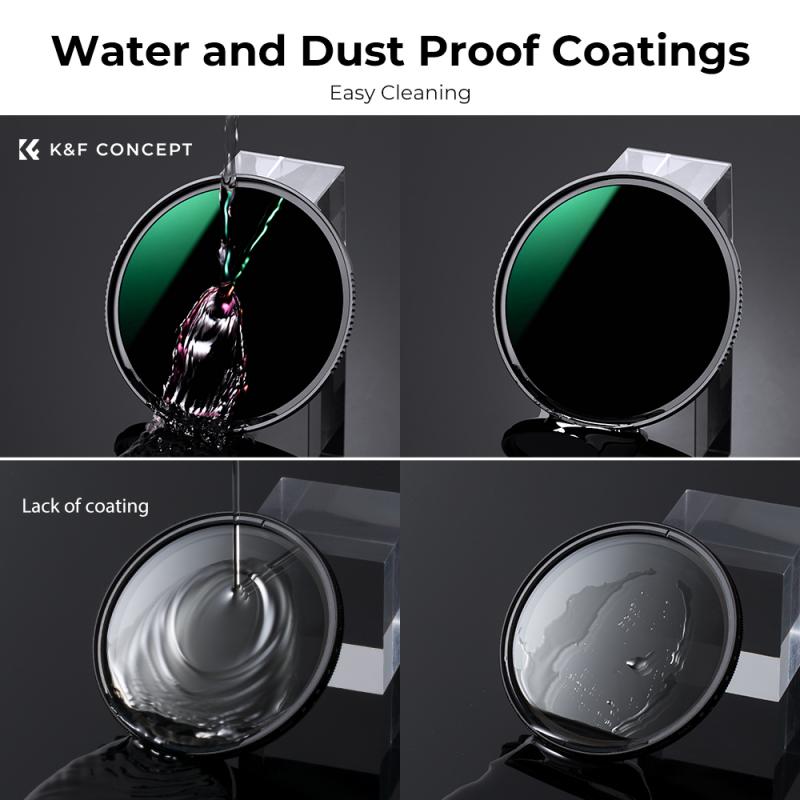
3、 Padding: Using lens pouches or dividers to provide cushioning.
When it comes to storing camera lenses in a bag, proper padding is essential to ensure their safety and longevity. One of the best ways to achieve this is by using lens pouches or dividers to provide cushioning.
Lens pouches are specifically designed to protect lenses from scratches, dust, and minor impacts. They are usually made of soft, padded material that offers a snug fit for the lens. These pouches come in various sizes to accommodate different lens sizes and can be easily stored in a camera bag. Some lens pouches even have additional features like drawstring closures or belt loops for added convenience.
Dividers, on the other hand, are useful for organizing and separating lenses within a bag. They are typically made of foam or padded material and can be adjusted to fit different lens sizes. Dividers create individual compartments for each lens, preventing them from rubbing against each other and causing damage. They also provide an extra layer of protection against any external shocks or movements.
In addition to using lens pouches or dividers, it is important to consider the overall organization of your camera bag. Placing larger lenses at the bottom and lighter ones on top can help distribute the weight evenly and prevent any unnecessary pressure on the lenses. It is also advisable to keep the lenses in an upright position to minimize the risk of them rolling around and potentially colliding with each other.
Lastly, it is worth mentioning that the latest trend in lens storage is the use of specialized lens cases. These cases are designed to provide maximum protection for lenses, often featuring hard exteriors, customizable foam interiors, and even waterproof capabilities. While they may be a bit bulkier and more expensive than pouches or dividers, they offer the highest level of protection for your valuable camera lenses.
In conclusion, storing camera lenses in a bag requires proper padding to ensure their safety. Lens pouches, dividers, and specialized lens cases are all effective options to provide cushioning and protect lenses from scratches, dust, and impacts. Considering the latest trend of using specialized lens cases can offer an even higher level of protection. Ultimately, the choice depends on personal preference, budget, and the level of protection required for your camera lenses.
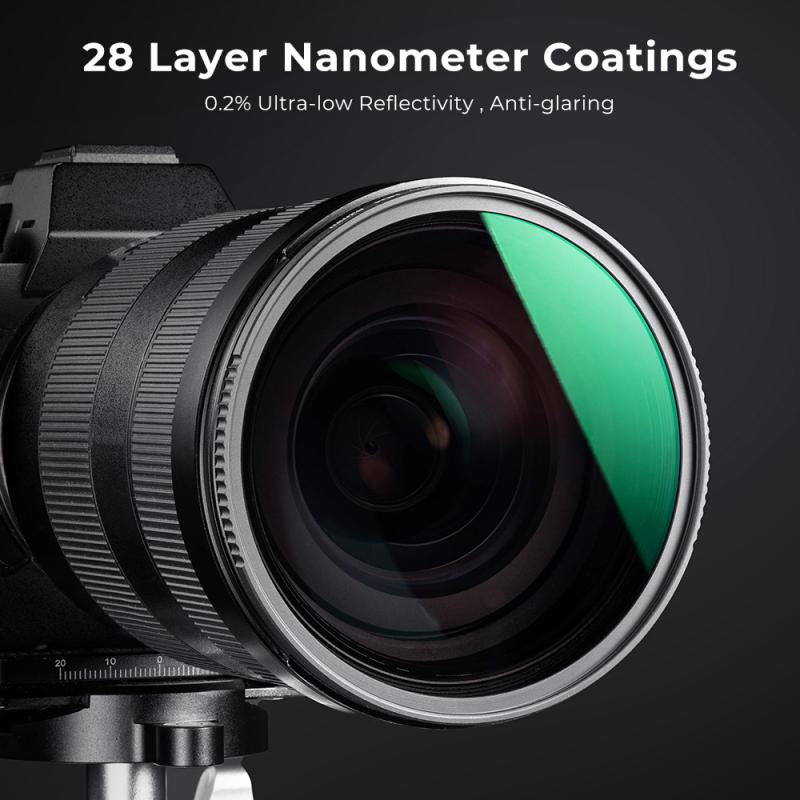
4、 Temperature control: Avoiding extreme heat or cold environments.
When it comes to storing camera lenses in a bag, temperature control is crucial to ensure their longevity and performance. Extreme heat or cold environments can have detrimental effects on the lens, leading to potential damage or deterioration. Therefore, it is essential to take necessary precautions to protect your valuable equipment.
To begin with, it is advisable to store camera lenses in a bag that provides some level of insulation. Look for bags that have padding or compartments specifically designed for lens storage. This will help to regulate the temperature and protect the lenses from sudden temperature changes.
Additionally, it is important to avoid exposing the lenses to extreme heat. High temperatures can cause the lens elements to expand, potentially leading to misalignment or distortion. Therefore, it is recommended to store the bag in a cool and dry place, away from direct sunlight or any heat sources.
On the other hand, extreme cold can also be detrimental to camera lenses. Cold temperatures can cause condensation to form on the lens surfaces when exposed to warmer environments, leading to potential moisture damage. To prevent this, it is advisable to allow the lenses to gradually acclimate to room temperature before using them. This can be done by keeping the bag closed for some time after bringing it indoors.
In recent years, there have been advancements in lens coatings and materials that can better withstand temperature variations. However, it is still important to exercise caution and follow the general guidelines for lens storage to ensure their longevity.
In conclusion, when storing camera lenses in a bag, temperature control is crucial. Avoiding extreme heat or cold environments is essential to prevent potential damage or deterioration. By investing in a bag with proper insulation and following the recommended storage practices, you can ensure that your lenses remain in optimal condition for years to come.
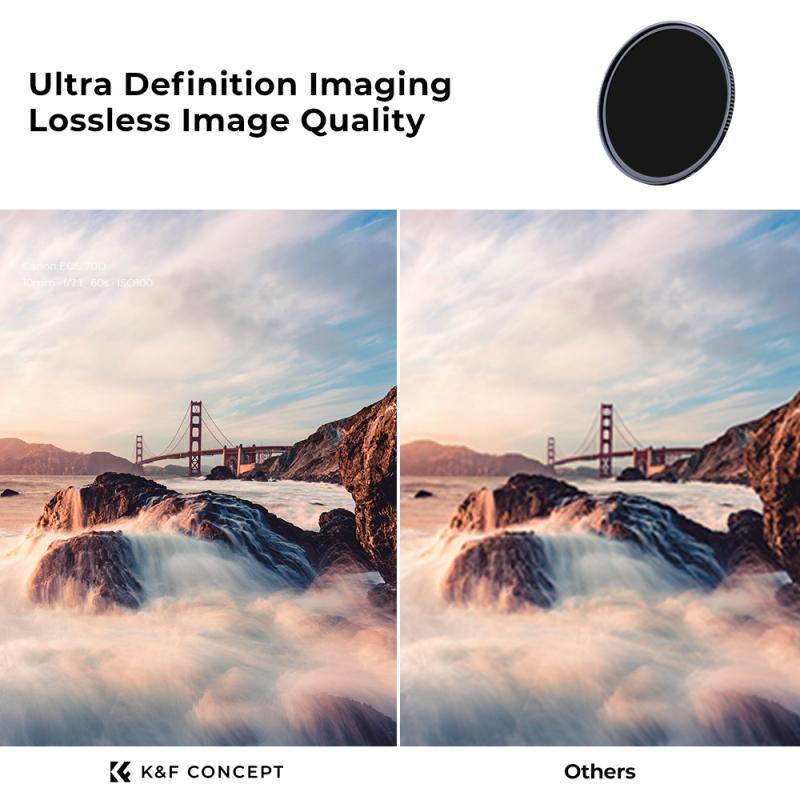

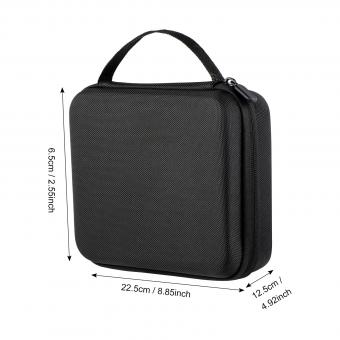

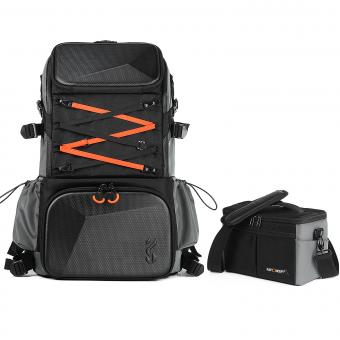
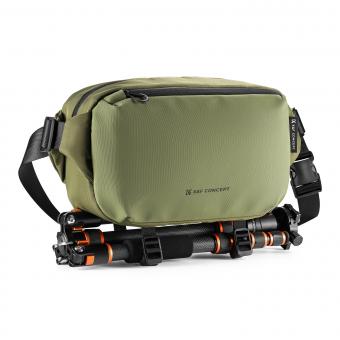

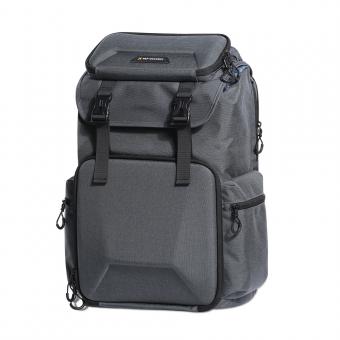
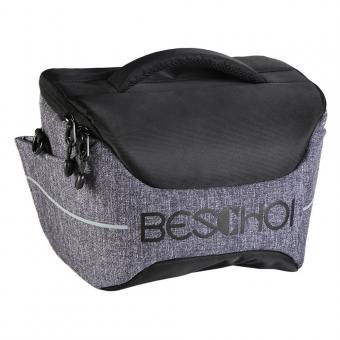
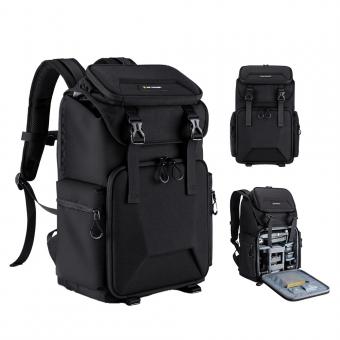
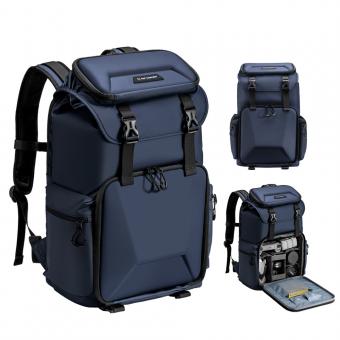
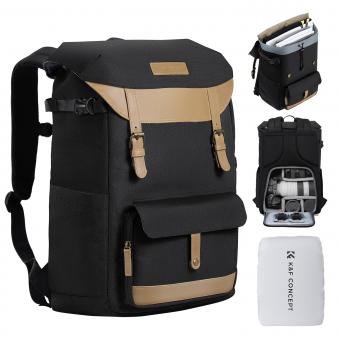





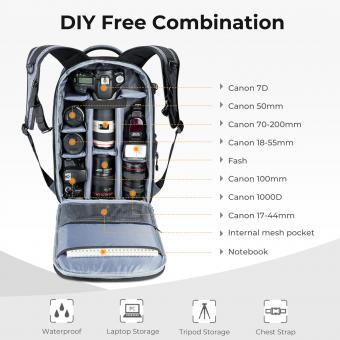
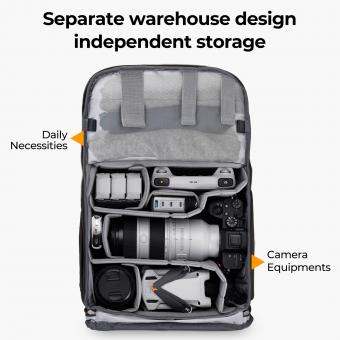
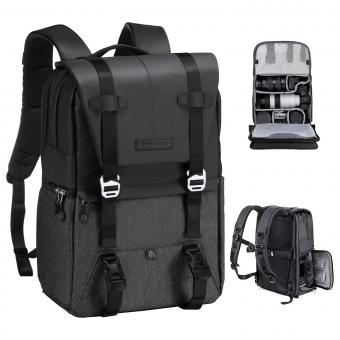

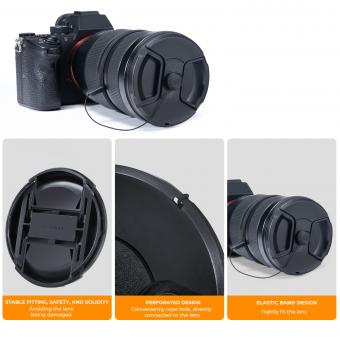
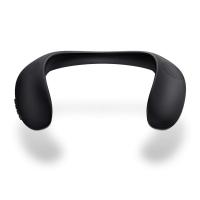
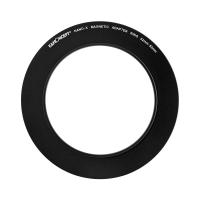

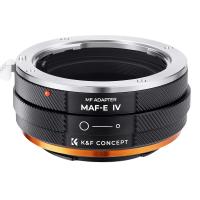








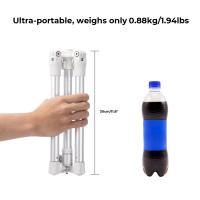

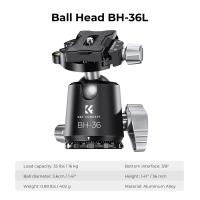
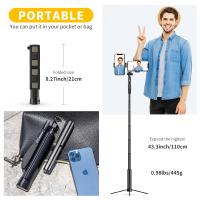
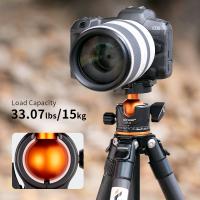
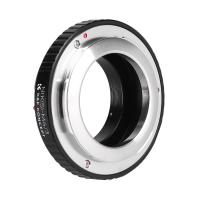

There are no comments for this blog.